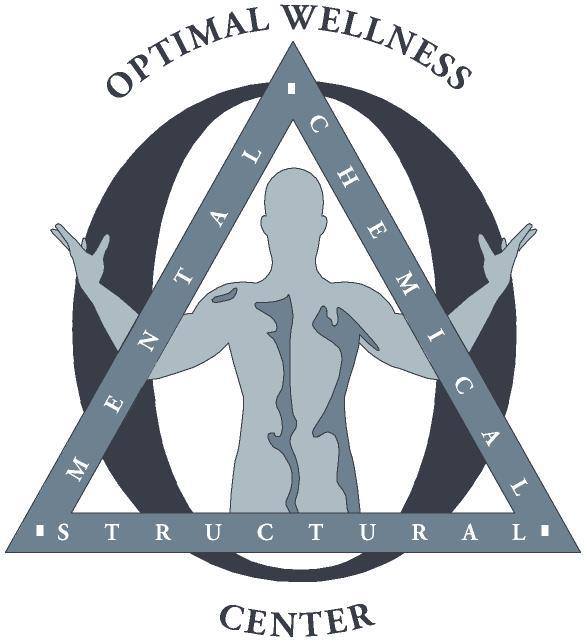Understanding Bulging Disc Sciatica: Causes, Symptoms, and Treatment Options
Bulging disc sciatica, a condition caused by nerve compression from a spinal disc issue, can lead to pain, discomfort, and reduced mobility. If you’re dealing with herniated disc and sciatica or wondering about the differences between sciatica vs slipped disc, this guide will help you understand the root causes, symptoms, and treatment options for sciatica related to disc issues.
What is a Bulging Disc and How Does It Cause Sciatica?
A bulging disc occurs when the disc's outer layer protrudes outward, often compressing the sciatic nerve, the longest nerve in the body. This nerve runs from the lower back down through the legs. The pressure on the sciatic nerve from the disc leads to sciatica—pain, tingling, or weakness radiating along the nerve pathway.
Similarly, herniated discs, also known as slipped discs, occur when the disc's inner gel-like nucleus escapes through a tear in the outer layer. This condition is more severe and commonly results in herniated disc causing sciatica pain due to nerve irritation.
Key Causes of Sciatica Due to Disc Problems
Disc Degeneration: Over time, spinal discs naturally lose elasticity, increasing the likelihood of a bulging disc causing sciatica.
Injury or Trauma: Sudden impact from a car accident or improper lifting techniques may result in a slipped disc causing sciatica.
Repetitive Stress: Activities that strain the lower back, such as heavy lifting or prolonged sitting, can contribute to a herniated disk causing sciatica.
Symptoms of Sciatica from Disc Issues
The symptoms of sciatica caused by a bulging or herniated disc can vary depending on the severity and location of the nerve compression:
Pain: Often described as sharp, burning, or electric shock-like, radiating from the lower back through the buttock and down the leg.
Numbness or Tingling: Common in the leg or foot due to nerve irritation.
Muscle Weakness: Difficulty walking or standing due to weakened leg muscles.
If you experience sudden, severe leg weakness or loss of bladder control, seek immediate medical attention, as these could indicate a serious condition like cauda equina syndrome.
Diagnosis of Sciatica Disc Issues
Accurate diagnosis is essential to tailor the right treatment. Common diagnostic tools include:
MRI or CT Scans: These imaging techniques help visualize herniated disc sciatic nerve compression and determine the severity of the problem.
X-rays: Used to rule out other causes like fractures.
Electromyography (EMG): Assesses nerve function to pinpoint the location of compression.
Treatment Options
Conservative Treatments
Physical Therapy: Exercises to strengthen and stabilize the spine, reducing pain caused by sciatica due to herniated disc.
Massage Therapy: Helps relax tight muscles and improve circulation to alleviate pain from sciatica.
Chiropractic Care: Gentle spinal manipulations to realign the vertebrae, reducing pressure on the herniated disc and sciatic nerve.
Shockwave Therapy: Uses high-energy sound waves to reduce pain, promote healing, and improve mobility.
Spinal Decompression Therapy: Non-surgical technique to gently stretch the spine, relieving pressure on the herniated disc and nerves.
Medications: Nonsteroidal anti-inflammatory drugs (NSAIDs) or muscle relaxants to manage pain and inflammation.
Epidural Steroid Injections: Reduces inflammation around the affected nerve to provide temporary relief.
When Surgery is Necessary
If non-surgical treatments fail, surgical options like microdiscectomy or laminectomy may be required to relieve nerve compression caused by a herniated disc causing sciatica. These procedures remove the damaged portion of the disc, restoring proper nerve function.
Sciatica vs Slipped Disc: What’s the Difference?
Sciatica is a symptom characterized by nerve pain along the sciatic pathway.
Slipped disc and sciatica often coexist, as the slipped disc is a common cause of sciatica.
While both conditions share overlapping symptoms, the underlying issue (nerve compression vs general nerve irritation) determines the treatment approach.
Preventing Bulging Disc Sciatica
Maintain Proper Posture: Reduce strain on the spine.
Exercise Regularly: Focus on strengthening core and back muscles.
Lift Safely: Use your legs rather than your back to lift heavy objects.
Conclusion
Conditions like herniated disc and sciatica or bulging disc sciatic nerve issues can be debilitating, but with the right diagnosis and treatment, recovery is achievable. Early intervention, combined with lifestyle adjustments, can prevent chronic pain and improve quality of life.
For persistent pain, consult a spine specialist to explore tailored treatments for sciatica disc prolapse, herniated disk sciatic nerve compression, or bulging disc causing sciatica pain.
